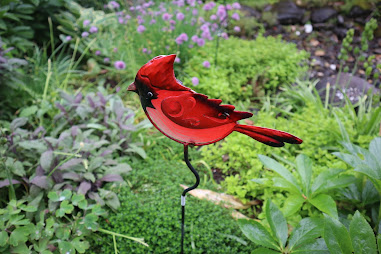Before getting into beekeeping, there are several important things to
consider:
Local regulations: Check your local regulations to ensure that beekeeping
is allowed in your area. Some cities and towns have restrictions or
prohibitions on beekeeping, so it is important to check before investing time
and money into starting a hive.
Allergies: Beekeeping involves working closely with bees, so it is
important to know whether you are allergic to bee stings before starting. If
you have a severe allergy to bee stings, beekeeping may not be safe for you.
Time commitment: Beekeeping requires a significant time commitment. You
will need to check on your hives regularly, typically every 7-10 days during
the active season. You will also need to spend time preparing your hives for
winter and maintaining your equipment.
Financial investment: Beekeeping can be expensive, particularly if you are
starting from scratch. You will need to invest in hives, protective clothing,
tools, and bees. It is important to budget for these expenses before getting
started.
Learning curve: Beekeeping is a skill that takes time to learn. There are
many resources available to help you get started, including beekeeping courses,
books, and online forums. However, it may take time to develop the knowledge
and skills necessary to successfully maintain a hive.
Hive location: Bees need a suitable location for their hive. The location
should be sheltered from the wind, have access to water, and be free from
pesticides and other chemicals.
Hive maintenance: Beekeeping involves maintaining the health of your hive.
This includes checking for pests and diseases, feeding your bees when
necessary, and managing the growth and productivity of your hive.
Overall, beekeeping can be a rewarding and fulfilling hobby, but it is
important to do your research and understand the commitment involved before
getting started.









